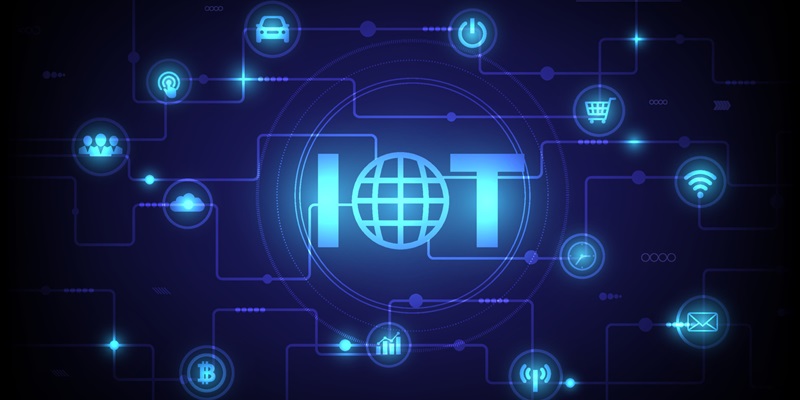The manufacturing industry has witnessed a game-changing transformation with the advent of the Internet of Things (IoT). By leveraging interconnected devices and advanced analytics, manufacturers can achieve unprecedented levels of accuracy, efficiency, and safety. This article explores the profound impact of IoT on the manufacturing sector and delves into the opportunities and challenges associated with this digital revolution.
Interconnectedness for Accuracy and Efficiency
In this section, we explore how interconnectedness, facilitated by IoT devices, empowers manufacturers to achieve previously unattainable levels of accuracy and efficiency. By seamlessly connecting various components of the production process, IoT allows for real-time monitoring, analysis, and optimization.
For instance, manufacturers can use IoT devices to track and analyze data at every stage of production, enabling them to identify bottlenecks and implement process improvements swiftly. This connectivity also enables seamless collaboration between machines, departments, and even different facilities, streamlining operations and eliminating communication gaps.
Improving Product Quality and Optimizing Resources
One of the key benefits of IoT in manufacturing is its potential to enhance product quality and optimize resource allocation. With IoT devices collecting vast amounts of data, manufacturers can gain deep insights into product performance, identify potential defects, and make data-driven adjustments in real time.
Moreover, IoT helps manufacturers optimize resource allocation by continuously monitoring and analyzing data from machines, sensors, and other devices. This information allows for intelligent scheduling of maintenance, reducing downtime and maximizing production output. Additionally, real-time data insights enable manufacturers to identify energy inefficiencies and implement energy-saving measures, contributing to sustainability goals.
Automation for Safety and Efficiency
Automation, powered by IoT, plays a pivotal role in enhancing safety measures, reducing human errors, and increasing overall efficiency in the manufacturing industry. By replacing manual processes with smart, connected systems, manufacturers significantly minimize the risk of accidents and injuries.
Furthermore, the automation of routine and repetitive tasks frees up workers to focus on more complex and creative activities. By leveraging IoT devices and robotics, manufacturers can improve accuracy, reduce waste, and enhance overall productivity.
Overcoming Challenges on the Road to Digital Transformation
While the benefits of IoT are immense, the process of digital transformation in manufacturing is not without its challenges. In this section, we delve into the key obstacles faced by manufacturers and explore strategies to overcome them.
Employee training and technological investments are vital for the successful implementation. As IoT devices become integral to the manufacturing process, employees must be equipped with the necessary skills to operate and maintain these technologies effectively. Furthermore, integrating new systems with existing infrastructure can be complex, requiring careful planning and collaboration between departments.
Cybersecurity as a Critical Concern
With increased connectivity comes increased vulnerability to cyber threats. In this section, we emphasize the critical importance of prioritizing cybersecurity measures in the manufacturing industry. Manufacturers must implement robust security protocols, regularly update software, and train employees to identify and respond to potential risks.
Leveraging Industrial Technology Consulting Services
To navigate the complexities of digital transformation, manufacturers can benefit from industrial technology consulting services. These experts assist in integrating new technologies, optimizing procedures, and streamlining operations. Case studies and success stories can be shared, showcasing how consulting services have enabled companies to maximize the potential of IoT in their manufacturing processes.
The Process of Digital Transformation
Digital transformation is a continuous process that requires adaptability and innovation. In this section, we stress the importance of embracing technological advancements, continuously improving processes, and staying abreast of evolving market trends. By treating digital transformation as an ongoing journey, manufacturers can maintain their competitive edge and drive innovation within the industry.
The IoT revolution in manufacturing has paved the way for remarkable advancements in accuracy, efficiency, and safety. However, it is essential for manufacturers to adopt appropriate strategies and seek guidance from professionals to fully unlock the potential of IoT and overcome the challenges associated with digital transformation. By doing so, manufacturers can position themselves at the forefront of innovation, ensuring long-term success and gaining a competitive advantage in the ever-evolving manufacturing landscape.

